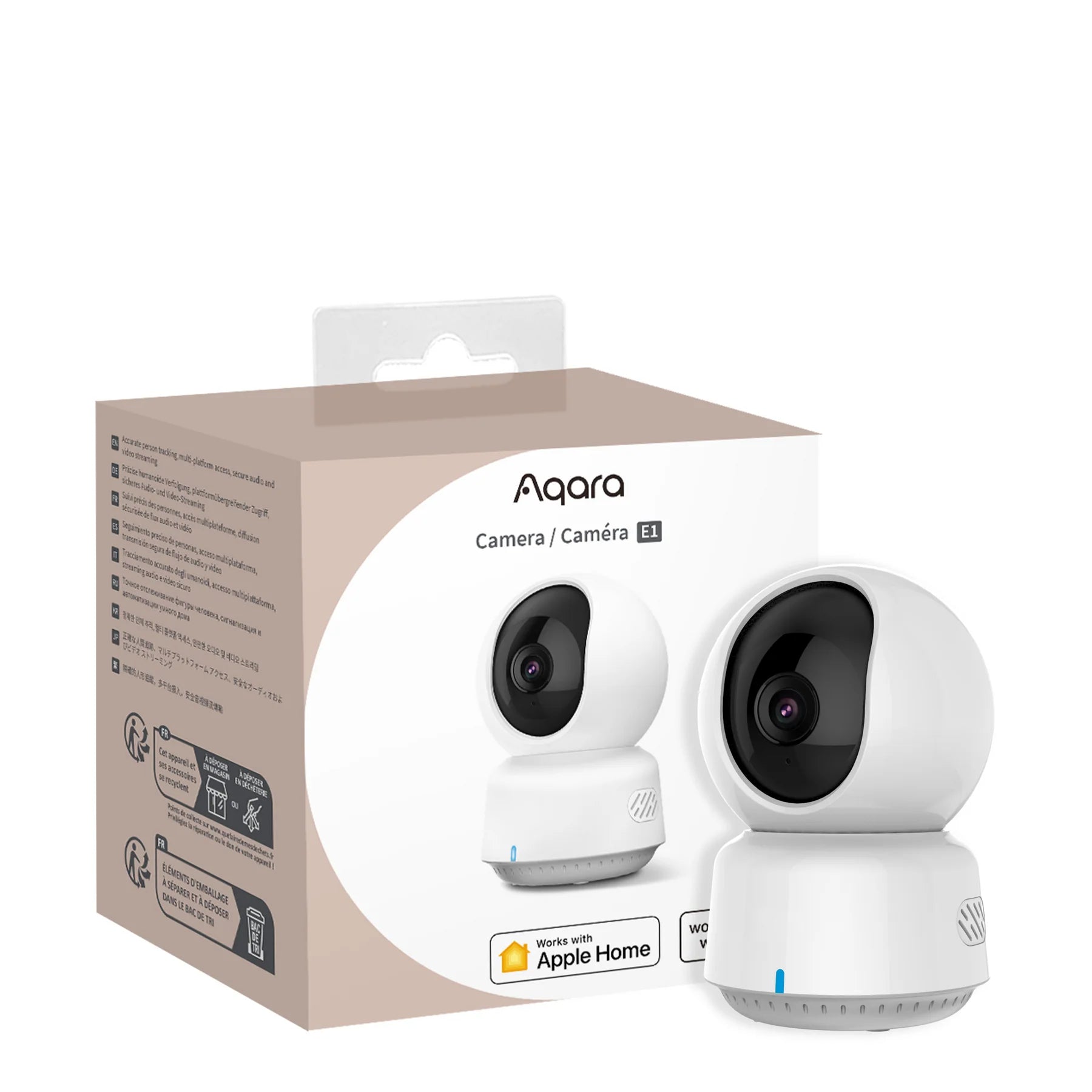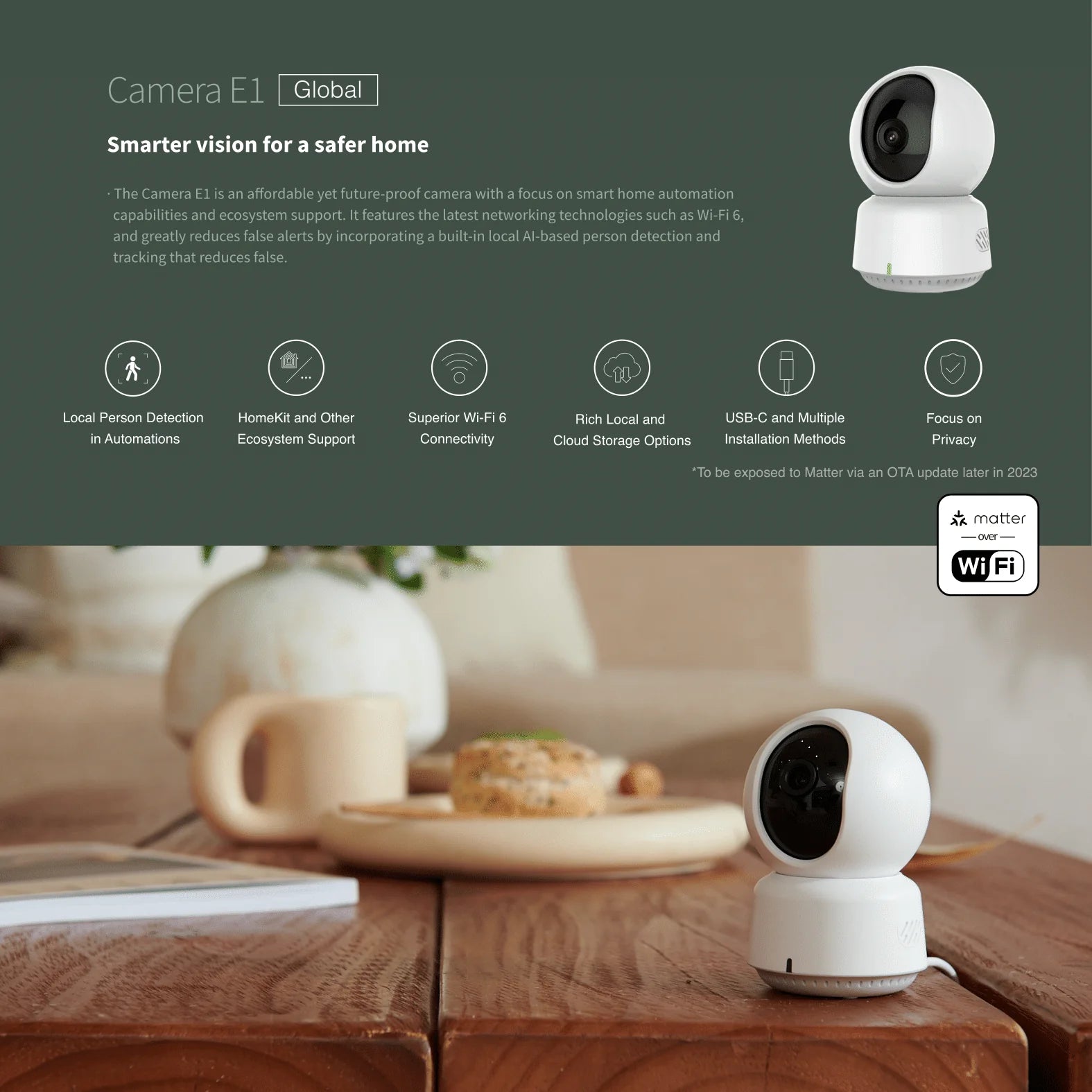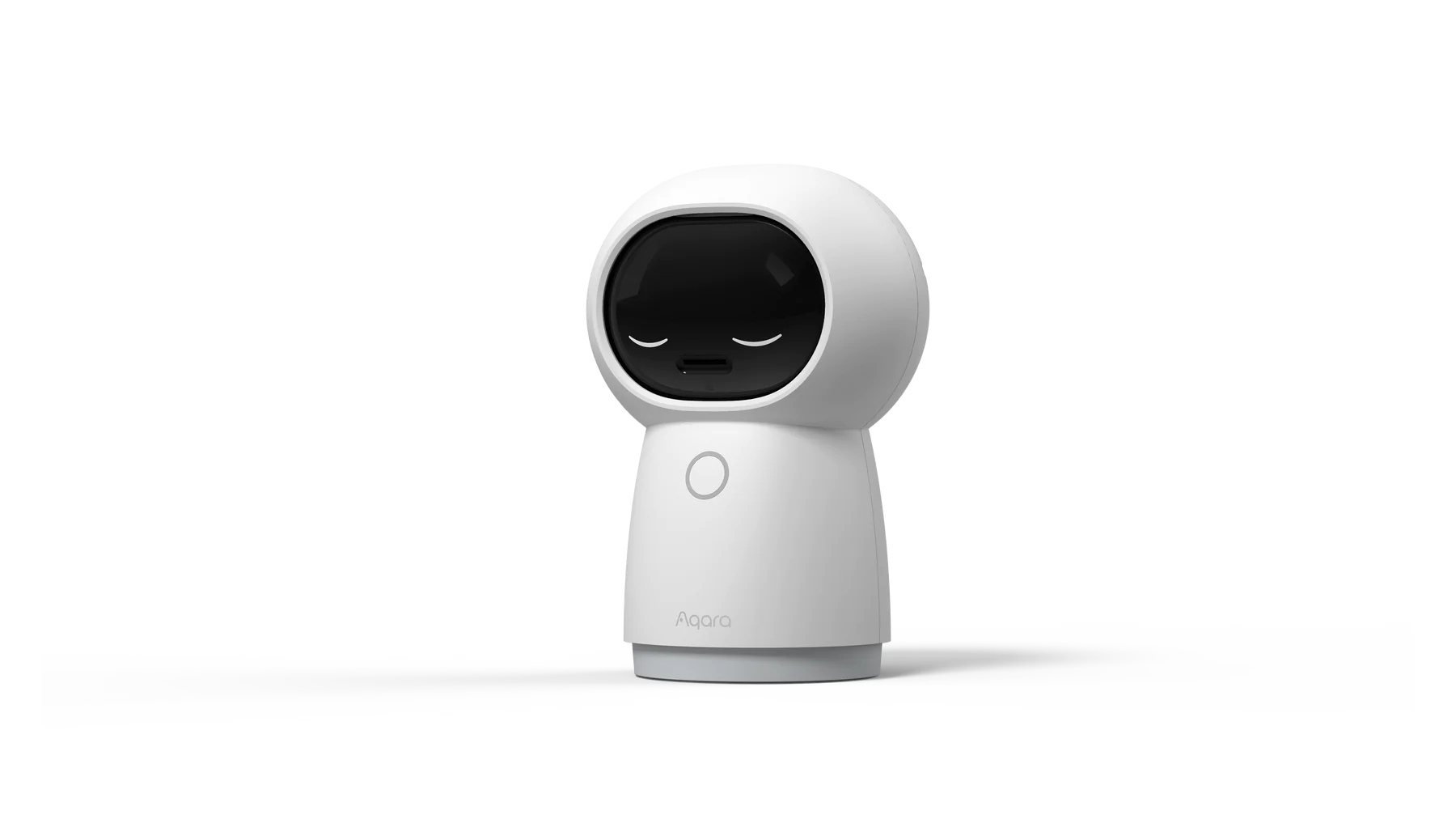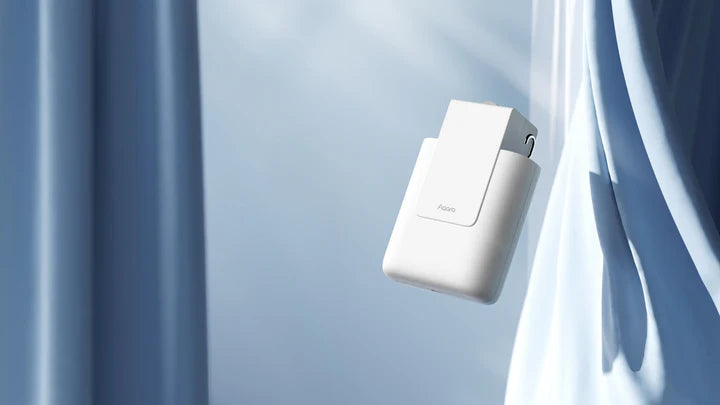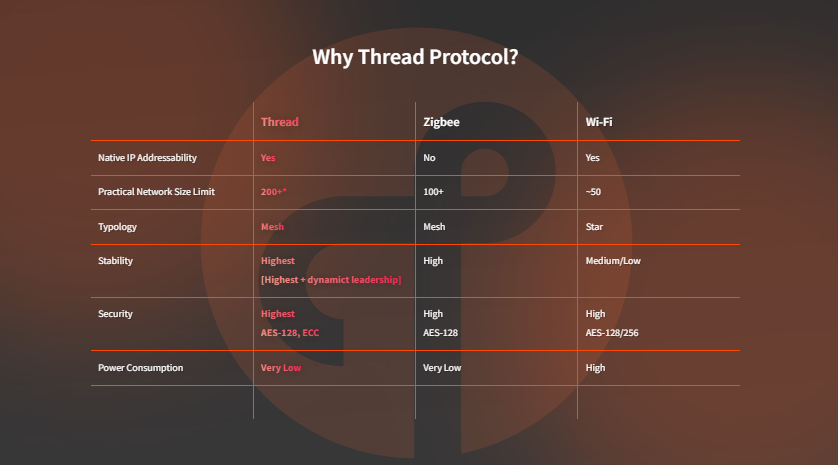Do Led Lights Get Hot? The Truth About Heat Output
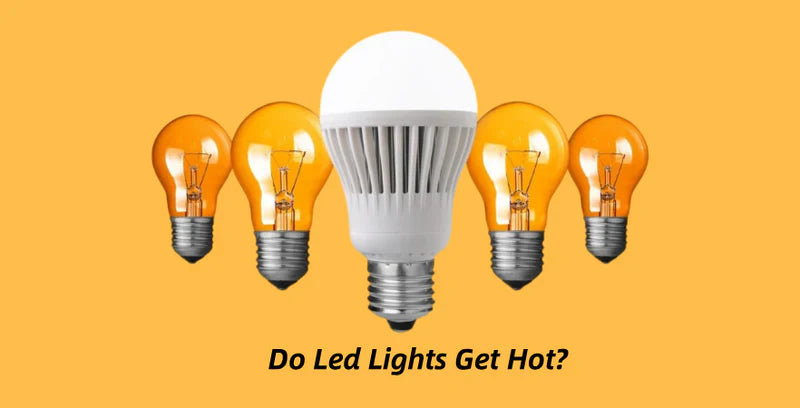
LED Lights 101: Do LED Bulbs Get Hot?
A key benefit of LED lighting lies in its ability to produce minimal heat compared to conventional light sources, contributing to their enhanced safety and user comfort.
LED lights have revolutionized the world of lighting with their energy efficiency, longevity, and versatility. However, questions about heat generation often arise regarding these innovative light sources. Let's delve into the topic and explore whether LED bulbs get hot.
Part 1: How Do LED Lights Work?
Before delving into the heat aspect, let's briefly learn about how LED lights function. LEDs, or Light Emitting Diodes, emit light by passing an electric current through a semiconductor material, which is called electroluminescence, unlike traditional incandescent bulbs that generate light by heating a filament.
Part 2: DO LED Light Bulbs Get Hot?
Yes, but not like traditional bulbs. LED lights do generate heat, but far less than incandescent or halogen bulbs. For example, incandescent bulbs waste 90% of their energy as heat, while LEDs convert over 95% of energy into light, leaving only ~5% as heat. Surface temperatures of LED bulbs typically range from 30°C to 85°C (86°F to 185°F), depending on design and usage conditions.
Compared with traditional lighting sources, LED lights generate minimal heat during operation. LED bulbs remain relatively cool to the touch even after prolonged use, making them safer and easier to handle.
Part 3: Are There Any Light Bulbs That Don't Get Hot?
Certain specialized LED bulbs used in refrigerators or freezers are engineered to emit less heat to prevent temperature fluctuations in these environments. These bulbs are specifically designed to operate in low-temperature conditions without compromising performance.
Part 4: Why Do LED Bulbs Produce Heat?
Understanding how LEDs work is key to unraveling their heat dynamics:
- Electroluminescence: LEDs generate light through semiconductor movement, where electrons release photons. While highly efficient, no system is 100% perfect—residual energy becomes heat.
- Junction Temperature: Heat concentrates at the LED’s internal “p-n junction.” If not managed, this can degrade performance and lifespan.
- Heat Sinks: Most LED bulbs incorporate aluminum heat sinks to dissipate internal heat. These components absorb and disperse heat, keeping the bulb’s exterior cooler.
The heat is generated within the semiconductor material and is dissipated through heat sinks or other cooling mechanisms integrated into the LED bulb's design.
LEDs vs. Traditional Bulbs: A Heat Comparison
| Bulb Type | Heat Emission | Energy Efficiency | Lifespan |
| LED | 5% wasted as heat | 95% efficiency | 25,000–50,000 hours |
| CFL | 80% wasted as heat | ~25% efficiency | ~8,000 hours |
| Halogen | Even hotter than incandescent | ~20% efficiency | ~2,000 hours |
| Incandescent | 90% wasted as heat | 10% efficiency | ~1,200 hours |
Part 5: Is It Dangerous When LED Light Bulbs Get Hot?
LED light bulbs operate at much lower temperatures than traditional incandescent bulbs, significantly reducing the risk of fire hazards or burns. However, excessive heat buildup can affect their lifespan and performance. It's essential to ensure proper ventilation and avoid enclosing LED bulbs in tightly sealed fixtures to prevent overheating.
Part 6: FAQs about LED Light Heat
Q1: Where Should LED Lights Not Be Used?
LED lights are not suitable for high-temperature or enclosed spaces where heat dissipation is limited. Avoid using LED lights in fixtures that are not adequately ventilated or in extreme heat conditions.
Q2: How Do You Stop LED Lights from Overheating?
To prevent LED lights from overheating, ensure proper ventilation and airflow around the bulbs, avoid enclosing LED bulbs in tightly sealed fixtures or using them in high-temperature environments or choose LED bulbs with built-in heat sinks or cooling mechanisms for enhanced heat dissipation.
Q3: Is It Safe to Leave LED Lights on 24/7?
If you bought a quality product, then you can leave LEDs on 24/7. LED lights consume less energy and generate less heat than traditional bulbs, so it's generally safe to leave them on for extended periods. However, prolonged operation may affect the lifespan of the bulbs and increase energy consumption. Consider turning off LED lights when not in use to save energy and prolong bulb longevity.
Q4: Do Led Lights Get Hot Enough To Start a Fire?
LED lights generally don’t get hot enough to start a fire because they produce much less heat than traditional bulbs. However, poor-quality LEDs, improper installation, or electrical faults can create fire risks. Always use certified products and follow safety guidelines to minimize any danger.
Conclusion
In conclusion, LED bulbs are energy efficient and generate minimal heat compared to traditional lighting sources. With proper use and maintenance, LED bulbs can provide long-lasting, reliable illumination for various applications.
Govee / Authorised Govee Distributor / Dbgtech Solutions / Mumbai

